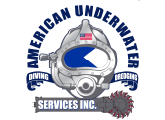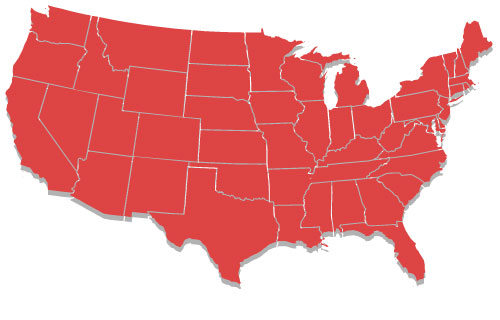Proper maintenance of your stormwater retention ponds is critical to ensuring their health and longevity throughout the year. Far too often, these smaller bodies of water turn into potential safety hazards that threaten lives, safety, and even property values.
Mosquitoes, algae, and the eventual reclamation of the pond by mother nature pose a constant challenge to those tasked with their maintenance. We want to show you a few tips on how you can successfully maintain your stormwater retention pond and have it working as intended and looking as beautiful as the day it was first filled with water.
What is a Stormwater Retention Pond?
A stormwater retention pond is a man-made body of water that’s intended to help manage stormwater runoff. They’re most often found in urban areas such as parks, golf courses, and homeowner associations.
While their main task is flood mitigation and the prevention of potentially toxic materials from entering rivers, lakes, or the water table, they also are intended to help beautiful local communities—and in some cases provide recreational activities such as sport fishing or swimming.
Adding Plants and Vegetation
Adding plants around the shoreline serves as a buffer and helps prevents erosion, pesticides, and other pollutants from entering into the water. If there is a slope of land adjacent to the pond, you can plant grass, which will further help stem harmful organic nutrients from traveling into the water during a rainstorm.
Native plants also provide an aesthetic value as well. A watery hole in the ground that’s surrounded by dirt isn’t much to look at—but when you add native vegetation, it’s suddenly turned into an ecological wonder. Birds and other aquatic wildlife will start to show up, and that can help increase property values of nearby houses.
Reduce Chemical Runoff
HOA’s should make it a point to convey to homeowners the importance of reducing the usage of toxic pesticides and chemicals in their front and back yards. When it rains, all of these dangerous chemicals will make their way to the street and eventually into the retention pond via the stormwater drains. Some homeowner’s associations have even gone as far as banning “cosmetic” lawn chemicals– and this helps combat pollutants from entering into the pond.
Aerate the Turf
The turf that surrounds the stormwater retention pond can become compacted over time. This, in turn, can cause erosion and a potential pond overflow situation when it rains. It’s critical to mow the grass and trim back the surrounding vegetation regularly.
Aerating the soil on an annual or bi-annual basis is the best way to help prevent soil compaction. While there are many ways to go about this, the basic approach is to perforate the soil with small holes that allow water, nutrients, and air to reach the grass roots.
An adequately aerated turf will allow the soil to absorb nutrients more efficiently, and that can help prevent the amount of water that travels down into the retention pond during a rain event.
Removal of Organic Debris
Organic debris such as leaves, twigs, and animal droppings can accumulate around the shoreline. Wind and rain cause them to enter into the water column where they settle at the deep end. This “dead area” of the water lacks the necessary bacteria to break down the nutrients. Over time, the water becomes nutrient-rich and can cause a nuisance algae outbreak—and literally choke the oxygen and life right out of the water.
You can also help mitigate algae outbreaks by installing a mechanical aeration system, which adds oxygen to the water. By aerating the water, it causes a shift in the CO2 levels, which can help prevent the ideal conditions for an algae bloom. While there are chemical alternatives to controlling outbreaks on the market, it’s not advisable to use them if the water will reach a lake, river, or get absorbed into the local water table.
Dredge Your Ponds
Dredging your ponds can help reduce and eliminate the organic muck that sits at the bottom—and cut off the food that the nuisance algae feed upon. By removing the muck, it will also help prevent man-made toxins from entering into the local ecosystem.
At American Underwater Services, we’ve helped countless HOA, golf course, and residential homeowners dredge their ponds over the decades.
Our professional and expert dredgers can travel anywhere in the country to help improve the health and longevity of your stormwater retention pond. Give us a call at (817) 377-8512 or contact us on our website to learn more about the dredging and pond maintenance services that we offer.
[author_box]


